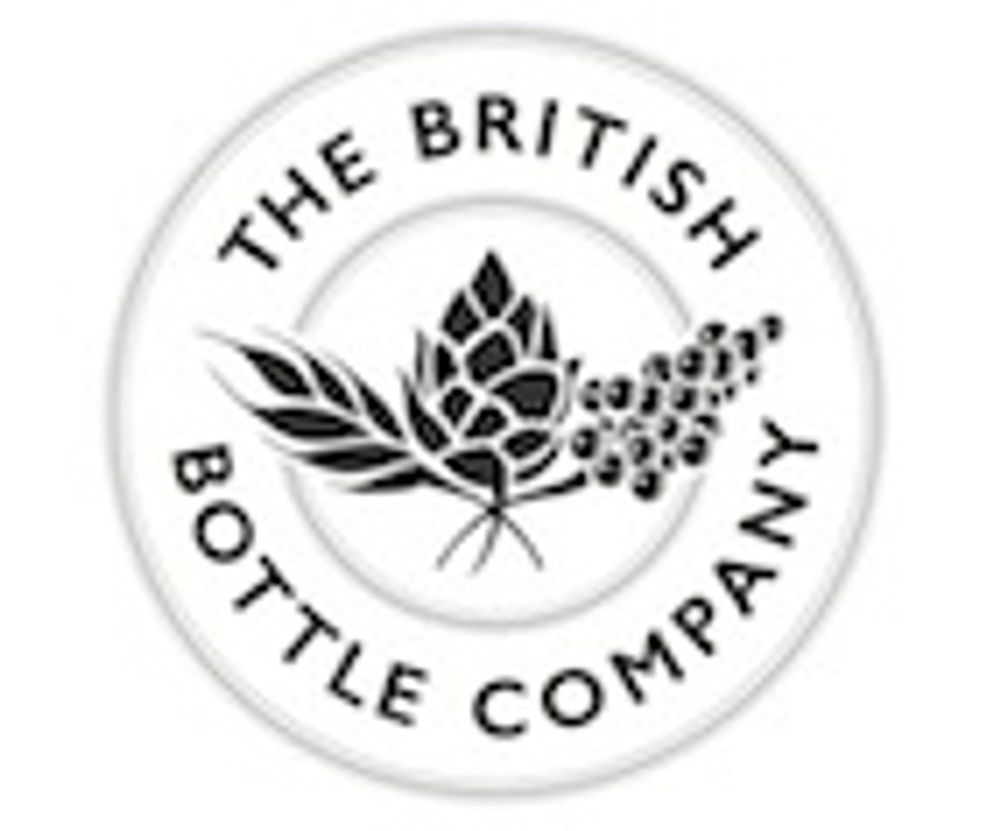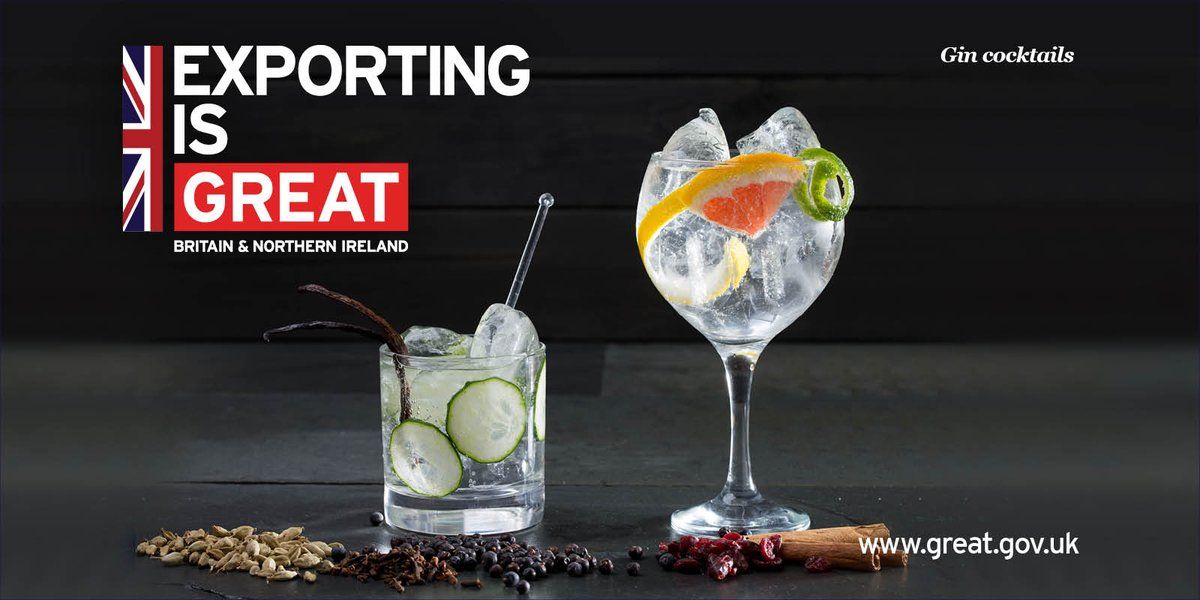Global drinks buyers are just as hard and as competitive as their peers in the UK, so don’t expect an easy ride if you are looking to export more of your products overseas.

Gabriel Stone: exporting drinks is a complex business
As the UK ploughs its determined course towards Brexit, export success stories are hot property for beleaguered government ministers, especially when it’s a product as photogenic as English sparkling wine or craft spirits. Last year saw DEFRA promise the country’s wine industry a “tenfold increase in exports by 2020”, backed by its brand new Great British Food Unit.
If you accept the rather high sounding 250,000 bottle figure given as a starting point (it certainly raised some eyebrows among those at the category’s coalface), then that projection will see English wine exports hit a heady 2.5 million bottles in just three years time.
Meanwhile the Wine & Spirit Trade Association celebrated a 553% boom in British gin exports to the US alone over the previous decade, hailing the arrival of almost 100 new UK distilleries in the last two years. With the best will in the world, the Great British consumer will struggle to put away such prodigious output singlehandedly so it’s no surprise that so many producers operating at a commercial scale are setting their sights on export.
There’s no doubt that international recognition and demand for British drinks is on the rise. Boosted by high profile media support and successful quality benchmarking exercises, English fizz is the toast of the town from the US to Japan, not to mention less traditional outposts including Ivory Coast and places more accustomed to sending wine in the other direction – yes, even the Aussies have been infiltrated.
Beneath the hype

Daily Mail wine critic, Matthew Jukes, helps put the case for English wine to MPs at a recent Westminster reception
However, for all the noise and genuine momentum, let’s not necessarily conflate market presence with game changing volumes. There remains a lot of work to be done, especially when the novelty factor wears off and English wine has to make its voice heard above some fairly ferocious, well-funded competition.
As for the crowded gin scene, impressive back bar displays around the world confirm a real thirst for the mind-boggling cavalcade of brands to emerge from this category’s renaissance over the last decade. Traditional dark spirits markets such as Korea are seeing a younger generation of consumers starting to explore gin, showing promising potential for future growth, but talk to a European importer and the chances are you won’t be the first brand to make a pitch that week. They may be polite enough to indulge your botanical spiel, but unless you have a genuinely convincing point of difference backed by coherent marketing support and a price that reflects the cut throat competitiveness of this category then don’t expect the conversation to go much further.
Beware too the “collectors”, whose encyclopaedic catalogues offer little insight into how many brands actually sell through in meaningful quantities.
Challenges for beer
If you think the gin market is saturated then spare a thought for beer. Produced cheaply all over the world and with even many “craft” names now backed by industry giants, beer has to work extra hard to shake off its commodity status. Once you do find a specialist importer with an appreciative customer base, bear in mind that many export markets turn up their noses at anything less than 5% ABV and remain frustratingly in thrall to influential review sites such as RateBeer.
Let’s not forget cider either. Still barely a category in many parts of the world, or ruthlessly taxed in markets such as Denmark, there are nevertheless clear signs that beer importers and craft beer bars view cider as a logical way to diversify their offer. For some buyers, cider’s fruity flavour profile represents a way to appeal to younger or female consumers in particular; for others, most notably in the US and Italy, cider offers the craft beer experience without that 21st century dietary demon – gluten.
Other pitfalls
Just as it pays to be alert to the different factors that may appeal in foreign markets compared to your home audience, so too producers should look out for unfamiliar pitfalls. Japanese customs require chemical analysis by government approved laboratories to document certain regulated ingredients; and don’t even think about mentioning “Champagne grape varieties” or “aperitif” on the back label if you want your English sparkling wine to be approved by the US’s fastidious Alcohol & Tobacco Tax & Trade Bureau (TTB).
Then there’s bottle format: you won’t get far presenting your standard 70cl gin bottle in the US where 75cl is mandatory, and it’s painful to watch so many cider producers lose out from their inability to offer the 330ml bottle size that is invariably preferred by European importers in particular.
Before you tackle this fine detail there are some bigger factors to consider. Does your warehouse keeper licence permit you to export? How will your pricing compare with close competitors once the extra logistics and margins of export have been built in? How will you manage currency fluctuations? How proactive will your chosen importer be about building the brand, and can you offer the support required to drive sales? How many times a year do you need to visit the market, and how is your time best spent on those trips?
Trade shows can offer good exposure but are a very quick way to blow a tight budget so choose carefully and don’t expect the right buyers to drop spontaneously by your stand.
Of course, the goal posts for export could be moved considerably by future unknowns, most notably the UK government’s success in negotiating new trade deals, implementing smooth customs procedures with our EU neighbours, and avoiding currency volatility. A weak pound may sound like a boon to exporters, but it’s surprising how much equipment and raw materials needs to be bought overseas. Some producers are already putting up prices as a result.
By all means, let’s push forward with the great success British drinks producers are already achieving around the world. The WSTA is doing important work in making sure our interests are represented as part of Brexit negotiations, and we can doubtless expect more photo shoots with ministers toasting the English wine industry. But it would be wise to take their statistics and forecasts with the same generous pinch of salt as anyone who has dipped more than a toe into the realities of export.

Gabriel Stone is a former Editor of The Drinks Business magazine who now works as business development manager for The British Bottle Company, which manages exports for a select portfolio of British craft beer, cider, spirits and English sparkling wine.










































